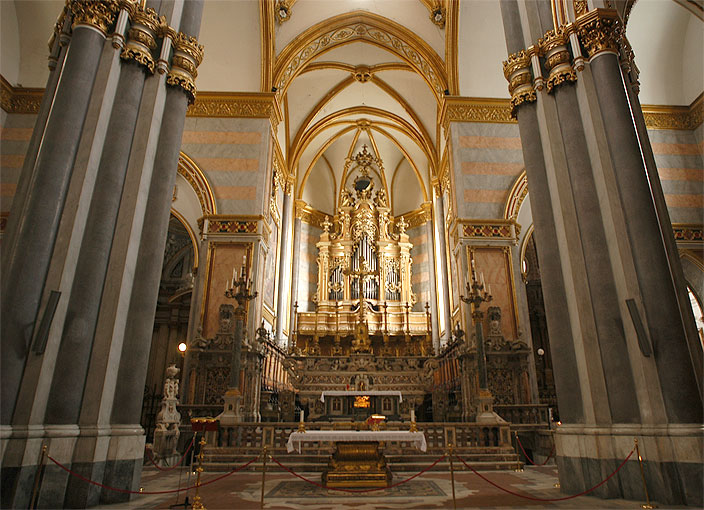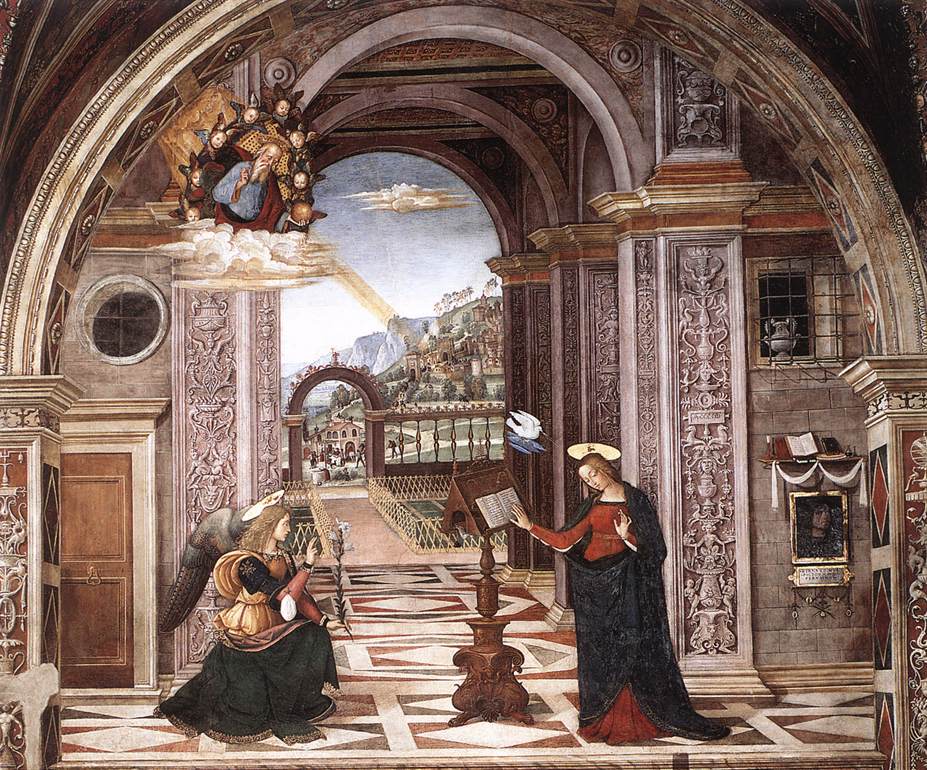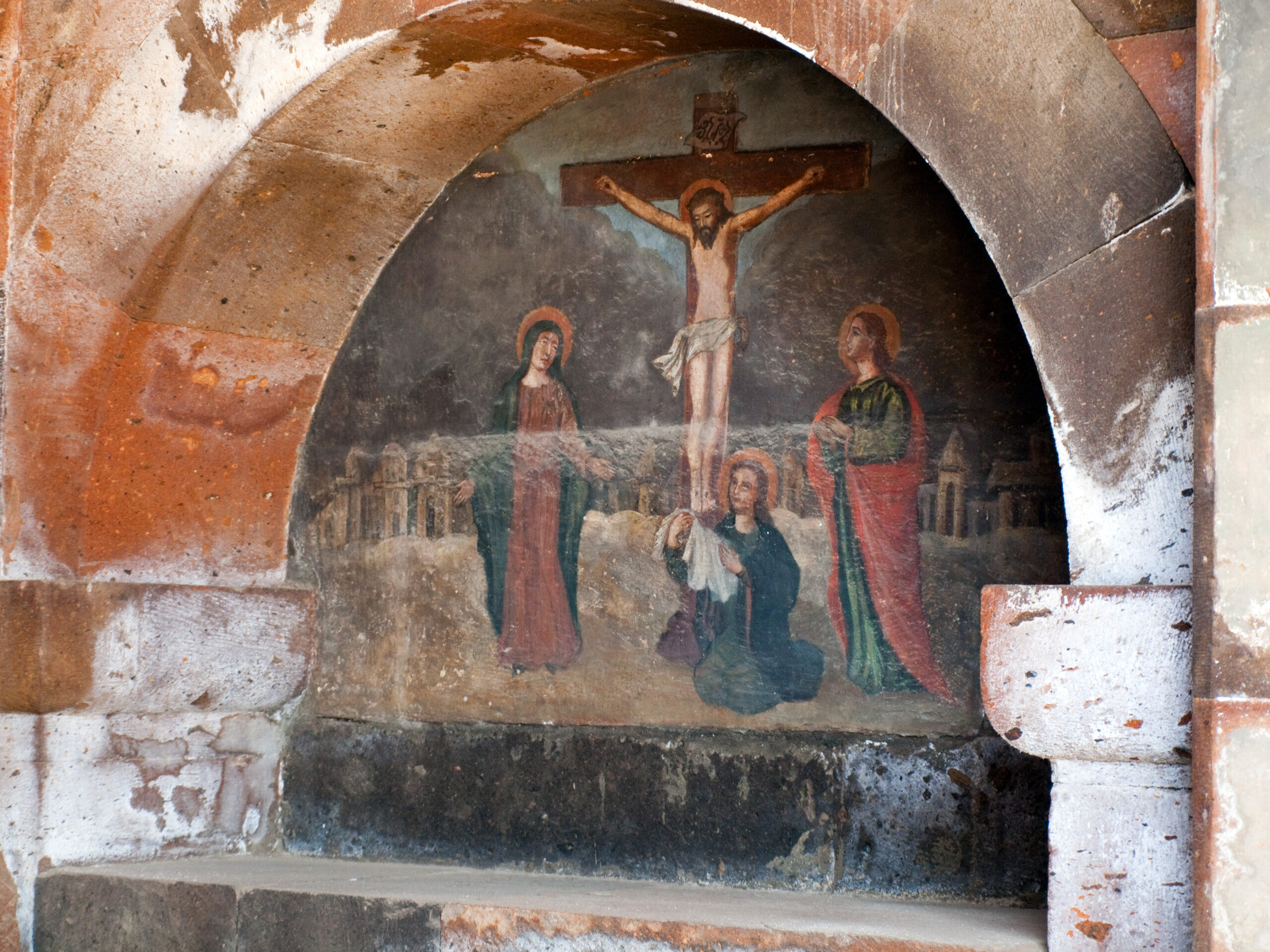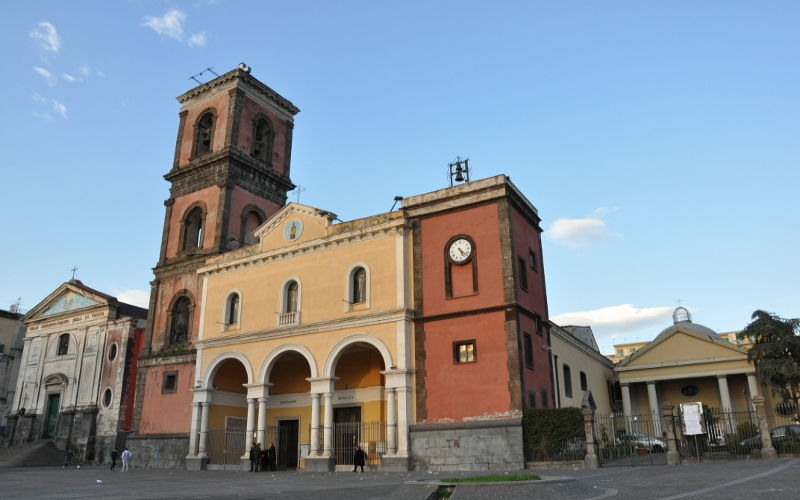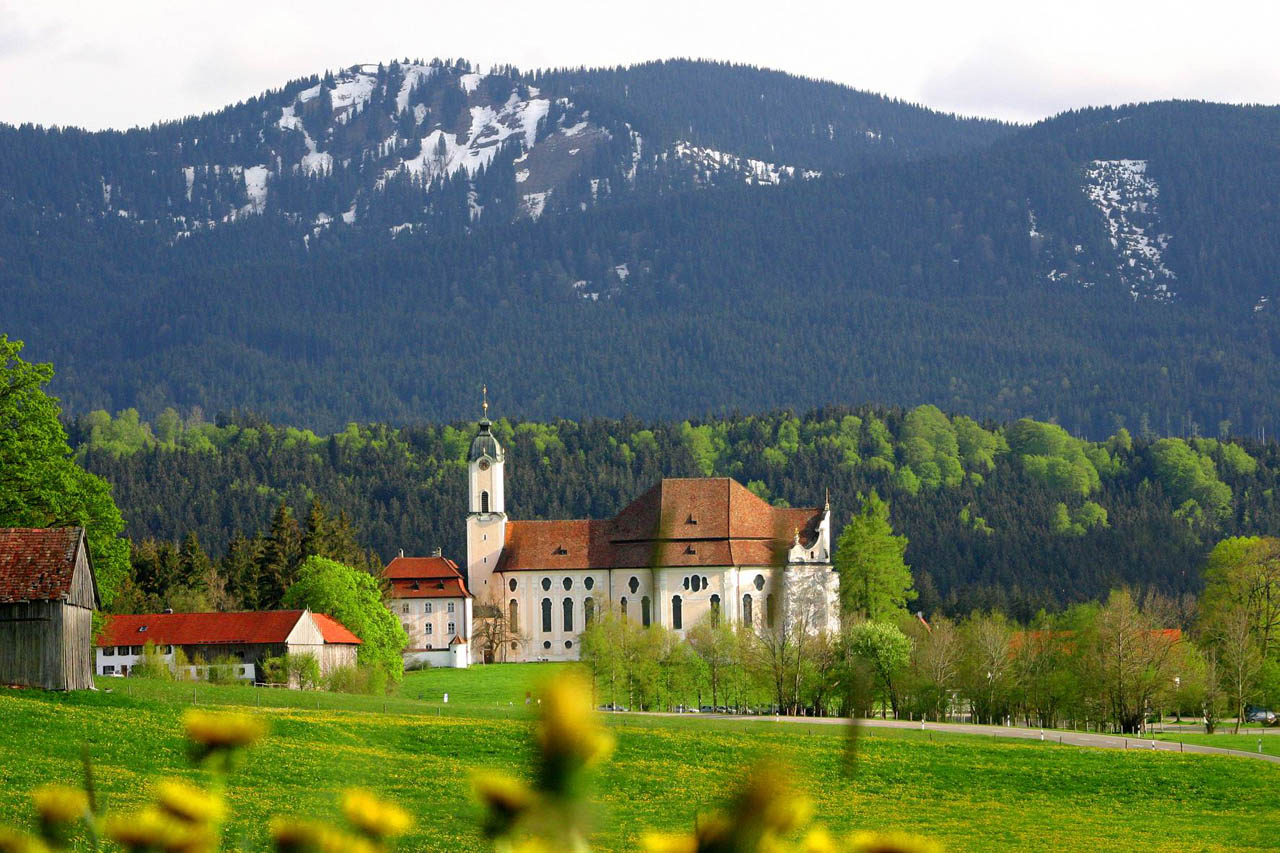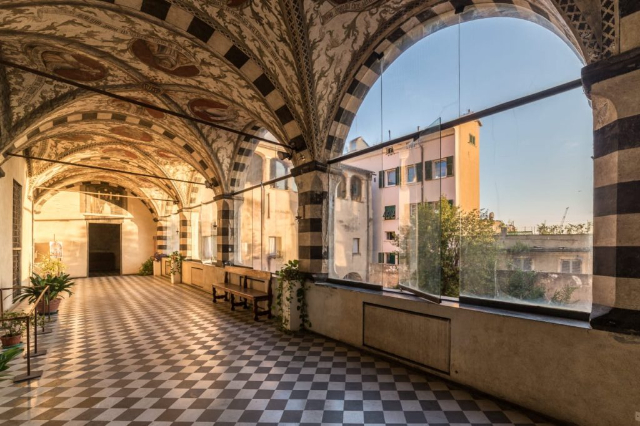The convent of San Domenico Maggiore, which forms with the church a complex of grandiose proportions, is the result of centuries of stratification that was begun in 1227 when Pope Gregory IX sent to Naples a small group of Dominicans who settled in the ancient monastery of San Michele Arcangelo in Morfisa. In the monastery stayed between 1272 and 1274 Thomas Aquinas, who taught theology in the Studium established there by Charles I of Anjou. In 1289, work was begun to renovate the convent. The organism, which over the centuries gradually expanded into an insula almost four times the size of the ancient city’s grid, likened by visitors over time to a veritable city within a city, reached its greatest development as a result of the works promoted beginning in 1669 by prior Tommaso Ruffo of the Dukes of Bagnara.
Prior Ruffo, who lavished much of his personal wealth on the intervention, wanted to safeguard some of the rooms linked to the centuries-old history of the complex, such as the cell of St. Thomas. The result of the work that continued throughout the seventeenth century was a factory of majestic proportions, articulated in three arms: the dormitory of St. Thomas, the novitiate and the dormitory of the Masters, arranged around a vacant area designated as a garden. Adjacent to the dormitory of St. Thomas were developed on the second floor the Refectory, the Chapter House and the Library. The architects Bonaventura Presti, Francesco Antonio Picchiatti and Luigi Nauclerio took turns in this monumental undertaking. Today the convent is dismembered into several areas, one part is used by the Dominicans, an area at the level of the cloister is occupied by the Virtus gymnasium, yet another is occupied on three levels by the Casanova School Institute, and finally the most relevant part, which housed the classrooms of the former Court of Assizes until the 1990s, is the subject of the current restoration.
The recovery of these large spaces that housed the security cells as well as the Courtrooms with the consequent realizations of mezzanine rooms, false ceilings and incongruous building bodies, was marked by the reconstruction of the original architectural and spatial characteristics and the restoration of the connections between the rooms and their typological characteristics. For a significant part, the intervention concerned the decorative ‘skin’ of these monumental rooms with the restoration of the surviving pictorial cycles, the late 17th-century stuccoes and the Cell of St. Thomas, entirely decorated in the 1720s, as well as numerous furnishings including the Liturgical Machine for the Quarantines, a complex organism that may constitute one of the major points of attraction of the future museum organization of these spaces.
The intervention that involved a vast area of about 7000 square meters, of which 4000 pertaining to the former Court of Assizes fully restored and re-functionalized, 3000 pertaining to the wing of the Institute A Casanova exclusively consolidated, has engaged a large working group of the Superintendence for Architectural Heritage of Naples and province, with the contribution of ‘experience of qualified external consultants, during the course of a prolonged period of time marked by two batches of work followed one after the other since the year 2000.
The first batch started in 2000 and completed in 2002 was part of the Polis – Musea program, promoted by the same Superintendency for the enhancement of historic Neapolitan buildings with co-financing from the European Community under the ERDF funds of the project "Global Grant Ancient Center of Naples".
The second lot, which began in May 2006 and was completed in July 2011, was financed thanks to Law No. 400, Art. 1, "Interventions on cultural heritage" of Dec. 20, 2000, following the Framework Program Agreement between the Ministry of Cultural Heritage and Activities and the Campania Region.
The Convent was reopened to the public in May 2012 thanks to the shared efforts of local and central institutions.
